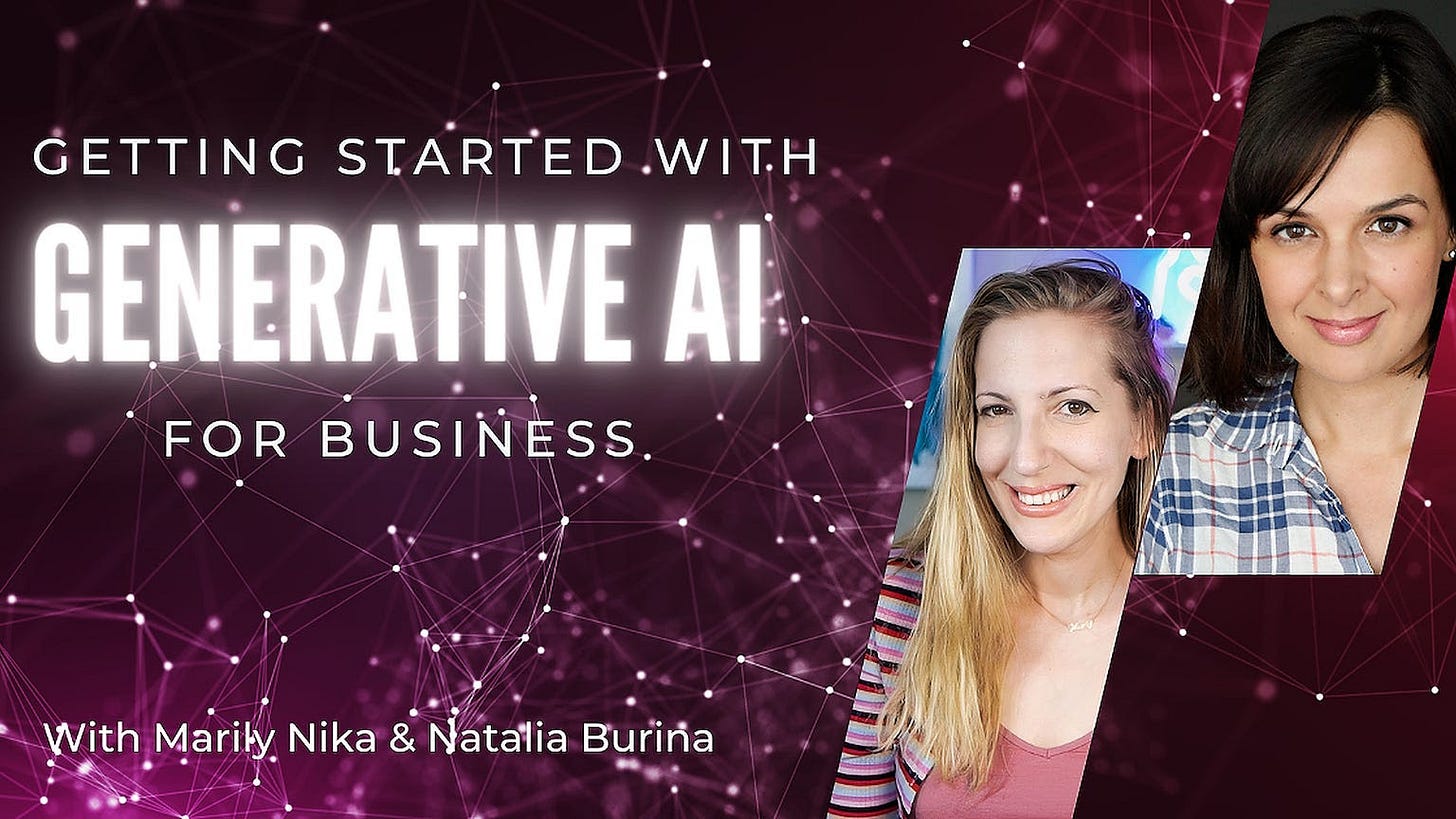In the past I’ve formulated an AI strategy, sometimes for an org and at other times for the company as a whole, taking into account a wide range of problems in different products and businesses. An AI strategy is the path to achieving your mission with AI. The following is a breakdown of considerations to use when defining the strategic AI pillars, key bets that the company or an org need to make in AI. Use these to formulate and validate your strategic AI pillars.
Understand the Problem
Understand the problem you are trying to solve with AI. If you’re considering multiple problems and domains you’ll need to build a portfolio of AI investments and have a prioritization framework in place as well. Here are questions to ask in order to understand the problem:
Does it align with current company priorities?
Impact: What is the impact? How big is the problem? Is it big enough to invest in? Make sure that the problem is big enough and important enough. This piece will help with prioritization. Some ways to assess impact
Users: Quantify it using the number of users or customers it would touch.
$$: Is it something you can charge for?
Ease of use/better experience: Would it automate something? Would it simplify existing workflows? Provide a better experience that would delight users/customers?
Competition: What does the competitive landscape look like? Are your competitors implementing AI features that will entrench them further and pose a risk to your business? Where is the market moving? Will AI differentiate your company? If you don’t implement AI will this mean that you fall behind competitors?
Disruptive vs Sustaining Is AI that you’re considering disruptive meaning it’s Native AI (a product with AI as the core value prop)? This is likely a riskier proposition where you will be building from scratch and innovating breaking new ground in the industry. Is your AI sustaining and will make your business stronger?
Sustaining vs Disruptive AI Innovation: From Clayton Christensen’s The Innovator’s Dilemma
Most new technologies foster improved product performance. I call these sustaining technologies. Some sustaining technologies can be discontinuous or radical in character, while others are of an incremental nature. What all sustaining technologies have in common is that they improve the performance of established products, along the dimensions of performance that mainstream customers in major markets have historically valued. Most technological advances in a given industry are sustaining in character…
Disruptive technologies bring to a market a very different value proposition than had been available previously. Generally, disruptive technologies underperform established products in mainstream markets. But they have other features that a few fringe (and generally new) customers value. Products based on disruptive technologies are typically cheaper, simpler, smaller, and, frequently, more convenient to use.
Tech Maturity and Fit
Why is AI a good fit? Can you have the accuracy you need to make it worthwhile as an investment (caveat: in some cases, ie Generative AI for images, you may not need accuracy)?
Does building AI play well with the current tech stack? For example at Salesforce we were using a lot of Oracle and that made it really hard. Can you solve the problem without AI faster and cheaper?
Do you have data infra and models for AI development and maintenance?
Can you buy off the shelf instead?
Do you have people who have expertise and can build and maintain AI in perpetuity? For example you’ll need to figure out monitoring to make sure AI remains robust once built.
How often do you need to retrain your models?
Monitoring You will need Monitoring (I recommend fiddler.ai) for your AI.
Responsible AI - what are the risks and can you spend cycles doing the Responsible AI evaluation and maintenance? It’s yet another expense but one worth investing in if AI is core (for example AI decides loan eligibility). You may need to evaluate fairness, privacy, security, robustness, safety, and transparency depending on the problem you’re solving.
Costs and Tradeoffs
How much will it cost in terms of time and infra you need to secure? You may want to take an inventory of current AI. Is it performing well? Should it stay or go?
What tradeoffs do you need to make, what else will you not be doing while building your AI? Ensure you have the right metrics to make an informed decision regarding tradeoffs.
Generative AI for Business Workshop
🌟 I’m launching a Generative AI for Business Workshop in collaboration with Marily Nika, an AI Product Lead at Meta and formerly Google. We're organizing a three hour course held Friday June 30th - 9am-12pm PST and the cost is $99. The workshop will be recorded and you can access it at any point. If you're interested you can sign up here or click on the image below. Hope to see you there!





